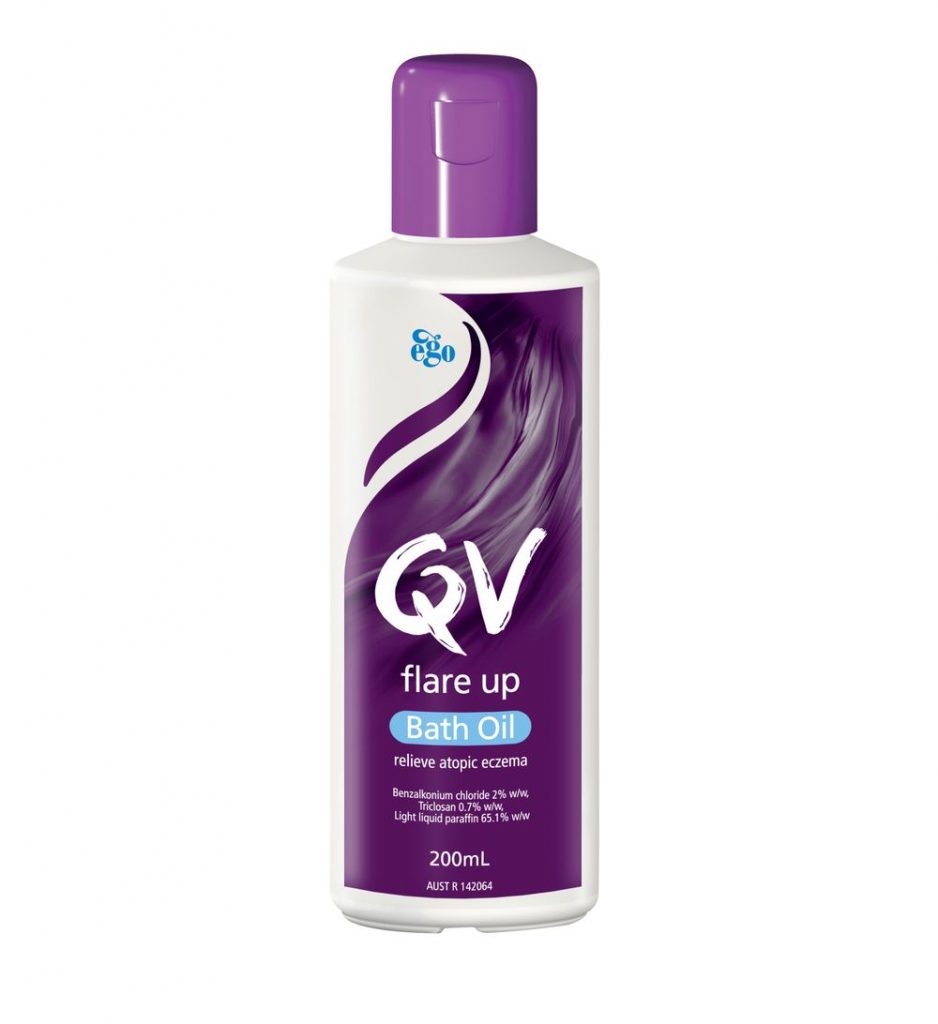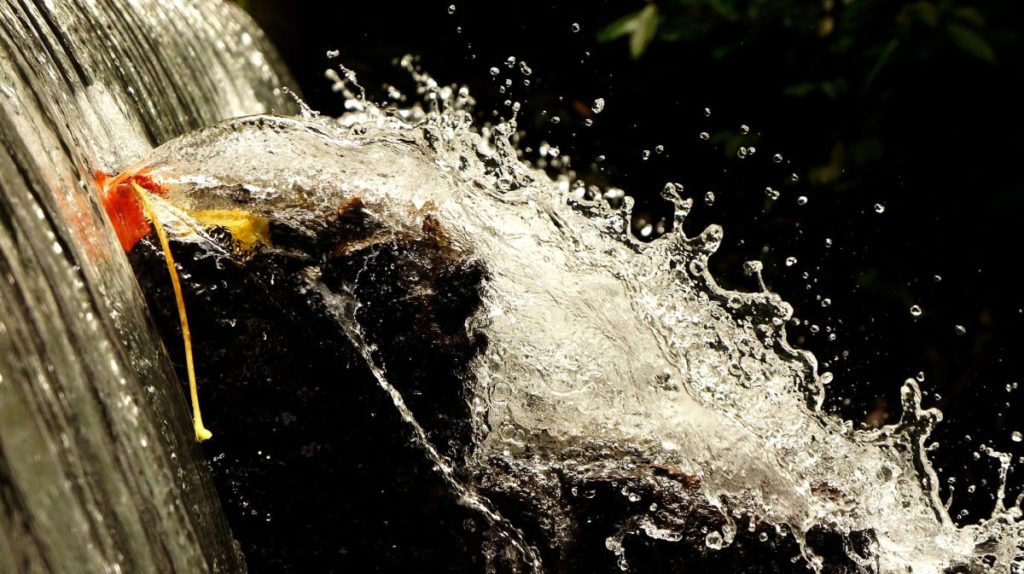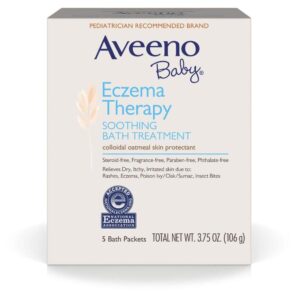Skincare Regimen
Have you tried any of these bath treatments for eczema?
There are several simple bath treatment for eczema which can be easily prepared to bring relief to your skin. To look forward to an effective bath treatment, typically you will need to try different itch relieving methods and find one that works for you. Base on National Eczema Organization, they have suggested several bath treatments :
Oatmeal bath
Adding colloidal oatmeal to your bath or applying it to the skin directly in the form of a paste, is a common treatment used to help relieve itching. Colloidal oatmeal is simply oats ground into an extremely fine powder. One way to do a DIY(Do-It-Yourself) method at home is by b
uying a pack of rolled-oats from the supermarket. You can use the food processer to blend the rolled oats into small bits, almost powder like form. You can then fill a tub or pail of lukewarm water and added 1 cup full of colloidal oatmeal. As you stir the oat clusters/powder, the water will start to turn milky. Do be careful as it will be sippery from the oat milk. Go ahead and soak your itching skin area for about 10-15 minutes. Once you are done, gently pat dry with a soft towel. It will feel like a thin layer of coating on your skin. Your skin will feel softer and smoother and less itchy. The cleaning up of the oat residue can be quite cumbersome. Do ensure you do not clog up the drainage. Another convenient method to try a oatmeal bath is to use Aveeno Soothing Bath Treatment’s ready pack colloidal oatmilk powder. A box of Aveeno Eczema Therapy Bath treatment contains 5 convenient pack, suitable for baby and adults, which you can purchase via our shop.
Salt Bath
In severe eczema with broken skin, it tends to attract bacteria and sea salt in the bath water can help to kill bacteria. You should use dead sea salt because it is naturally rich in minerals. The balance of the salts in Dead Sea water are magnesium, potassium, calcium chloride, and bromides. Magnesium is important for both combating stress and fluid retention, slowing skin aging, and calming the nervous system. Calcium is effective at preventing water retention, increasing circulation, and strengthening bones and nails. Potassium energizes the body, helps to balance skin moisture, and is a crucial mineral to replenish following intense exercise. Sodium is important for the lymphatic fluid balance (this in turn is important for immune system function). So we can see that bathing in high-quality sea salt could replenish the minerals that are critical to our skin metabolism. Many eczema sufferers who go through topical steroid withdrawal used dead sea salt in their bath when they had a lot of broken skin. The recommendation is to dilute 1 cup of dead sea salt in 1 bath tub of lukewarm water. It may sting initially but after enduring the initial stinging phase, it dulls down. Since you may need quite a significant amount of dead sea salt at every session, the most economical was to buy a big pack via Iherb.
Baking Soda Bath
Adding a quarter-cup of baking soda to your bath or applying it to the skin directly in the form of a paste, is another common treatment used to help relieve itching. Baking soda has a soothing effect due to its anti-inflammatory properties. Plus, it acts as a natural acid neutralizer that helps relieve itching. Add one cup of baking soda to a bathtub filled with cool water. Do note that baking soda and baking powder are different. Baking soda can be easily found at the baking section of the supermarket.
Bleach baths
A mild bleach and water solution helps decrease bacteria on the skin, which can lead to skin infections. Use a half-cup of household bleach for a full tub of water, one-quarter cup for a half tub. Soak up to 10 minutes, then rinse off. Best when done two to three times per week. Bleach is a strong chemical so we strongly suggest to do a small patch test first at your elbow before you soak your whole body.
Bath oil baths

Using gentle oils in your bath water can help keep you moisturized. Be sure to use oils that do not contain fragrances or bubble bath solutions that could further irritate your skin. Be careful — oils can make the tub very slippery. If you do not have a bathtub at home, you can always use a pail with a scoop to pour over parts of your body like how our grandparents use to bathe in the olden days before shower heads were invented.
If you are having a flareup, you will need a bath oil that has antiseptic or antibacterial properties. A hypoallergenic, dermatologist recommended bath oil is QV Flareup Bath Oil. QV Flareup Bath Oil is ideal for treating large areas of skin, can be used for young children or adults. It will help to reduce flareup by reducing the bacteria on broken skin and at the same time to prevent further drying of the skin by providing a thin film of oil barrier.
For general maintenance, you may try essential & natural oil. Add about 5 drops of tea tree oil and 10 drops of olive or coconut oil in your bath. It will give your skin a silky oily feel. Tea tree oil is a very effective and natural antiseptic, but you will need to ensure you dilute it accordingly, else it may aggravate your skin.
We hope the above bath treatment remedies from the National eczema association will help you find more relief from the itching. Have you tried any of them before? Share your experience in the comments below.


stumbled upon this post and i felt the need to highlight that readers need to be cautioned on the use of essential oils. Essential oils MUST BE diluted in a carrier oil first BEFORE adding to bathwater. Essential oils are not water soluble.